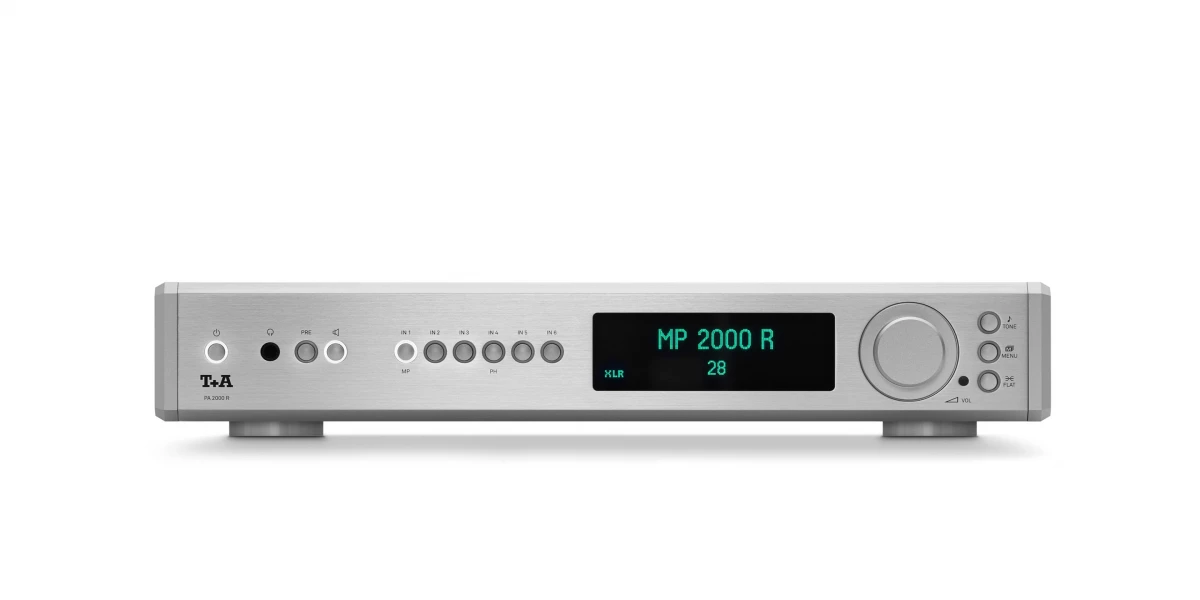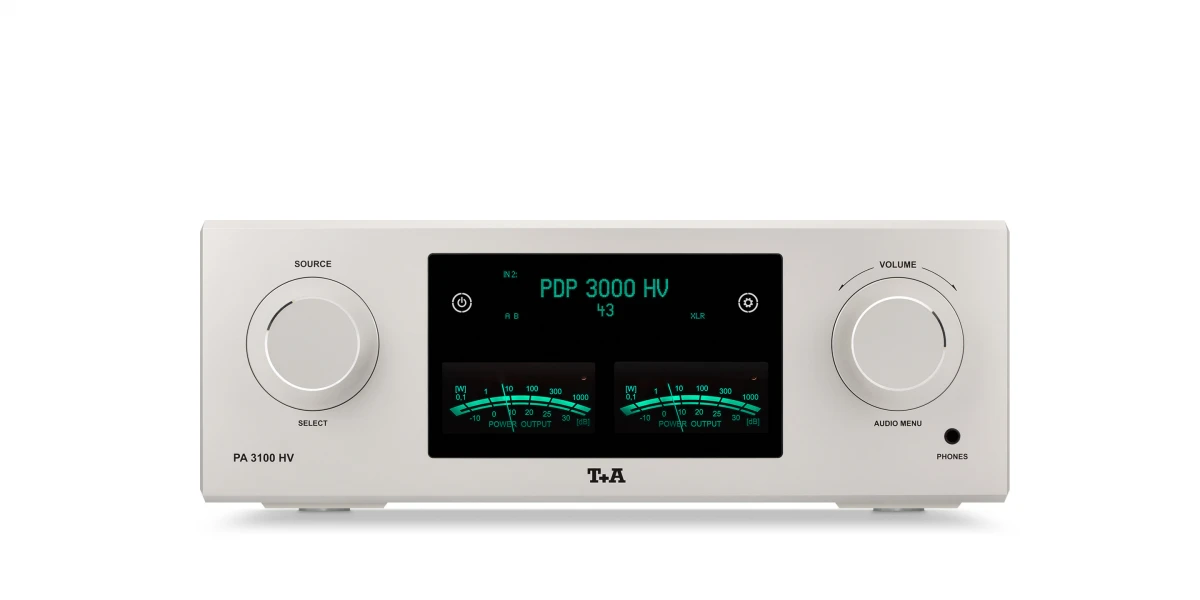Integrated amplifiers — T+A Symphonia
Description, images, technical data and specifications
T+A Symphonia
Image source — © T+A
The heart of T+A Symphonia is its proprietary power amplifiers using Purifi Eigentakt technology. According to T+A, this platform, developed by the Danish technology company, is nothing less than one of the best concepts of class D amplifiers, as it overcomes the limitations of other class D amplifiers - characterized by an extremely low distortion factor and minimal intermodulation distortion regardless of the power.


Specifications
Model name
Symphonia
Type
integrated amplifier with DAC and streamer
Analog inputs (balanced)
0
Analog inputs (single-ended)
2
Input sensitivity (mV)
N/A
Input impedance (balanced) (Ω)
N/A
Input impedance (single-ended) (Ω)
N/A
Output impedance (balanced) (Ω)
N/A
Output impedance (single-ended) (Ω)
N/A
D/A conversion
N/A
Phono MM/MC current-sensing input impedance (Ω)
N/A
Output power (8Ω) (W)
2 x 125
Output power (4Ω) (W)
2 x 250
Gain (dBu)
N/A
Frequency response low +/- 3dB (Hz)
1
Frequency response high +/- 3dB (Hz)
60000
Signal to Noise Ratio (dB)
N/A
Total Harmonic Distortion + Noise (%)
N/A
Damping factor
800
Dimensions (mm)
N/A
Weight (kg)
N/A
Official link
Related content
More components

Integrated amplifiers
T+A PA 2500 R

Integrated amplifiers
T+A PA 2000 R

Integrated amplifiers
T+A PA 3100 HV


